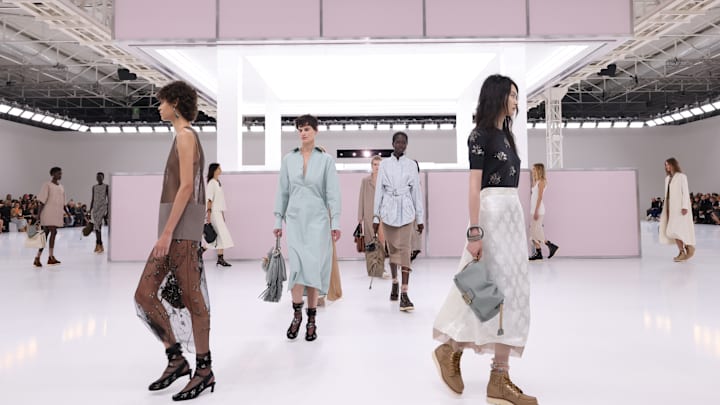The Formation of Different Styles in Fashion

Fashion is a dynamic and ever-evolving realm where various styles emerge, transform, and influence one another. The formation of different styles in fashion is shaped by a multitude of factors, including cultural influences, historical events, social movements, and individual creativity. Understanding how these styles come to be can provide valuable insights into the broader context of fashion.
One of the primary drivers of style formation is cultural heritage. Different cultures have distinct aesthetic sensibilities, which are often reflected in their traditional garments. For example, the vibrant patterns and colors of African textiles convey stories and histories unique to their communities. Similarly, the intricate designs of Indian sarees or Japanese kimonos embody cultural significance and craftsmanship. As globalization has increased cultural exchange, elements from various traditions have been blended, giving rise to hybrid styles that celebrate diversity and innovation.
Historical events also play a crucial role in shaping fashion styles. The societal changes brought about by wars, economic shifts, and technological advancements influence what people wear. For instance, World War II led to the rise of utilitarian clothing as materials became scarce and practicality took precedence. Post-war prosperity ushered in the glamorous styles of the 1950s, characterized by fuller skirts and tailored suits. These historical contexts not only reflect the practical needs of the time but also the evolving attitudes toward gender, class, and identity.
Social movements have similarly impacted the evolution of fashion. The countercultural movements of the 1960s and 1970s, such as the hippie and punk movements, introduced styles that challenged conventional norms. The hippie movement embraced free-spirited, bohemian aesthetics, while punk fashion, with its leather jackets and DIY ethos, represented rebellion and individuality. These movements allowed individuals to express their beliefs and identities through clothing, paving the way for styles that prioritize authenticity and personal expression.
The influence of celebrities and pop culture cannot be overlooked in the formation of fashion styles. Icons like Audrey Hepburn, James Dean, and Madonna have left indelible marks on fashion history, inspiring generations to adopt their signature looks. The rise of social media has amplified this phenomenon, allowing influencers and celebrities to shape trends instantaneously. Platforms like Instagram and TikTok enable users to showcase their personal styles, leading to the rapid dissemination and evolution of fashion trends.
Innovation in materials and technology also contributes to the development of new styles. The introduction of synthetic fabrics, such as nylon and polyester, revolutionized the fashion industry, allowing for more diverse designs and greater affordability. Advances in manufacturing processes have made it possible to produce clothing on a larger scale, making various styles accessible to a broader audience. This democratization of fashion has enabled individuals to experiment with different looks and express their identities in new ways.
Finally, the interplay between designers and consumers plays a pivotal role in shaping styles. Designers often draw inspiration from the world around them, responding to societal trends and cultural shifts. However, consumer feedback and preferences influence the direction of fashion, creating a dialogue between creators and wearers. This relationship fosters innovation and encourages designers to push boundaries, leading to the emergence of new styles that resonate with contemporary audiences.
In conclusion, the formation of different styles in fashion is a complex interplay of cultural heritage, historical context, social movements, celebrity influence, technological advancements, and consumer interaction. Each style tells a story, reflecting the values, beliefs, and aspirations of the time. As fashion continues to evolve, understanding these dynamics can enrich our appreciation of the diverse styles that shape our wardrobes and our identities. Fashion is not merely about clothing; it is a living expression of our collective experiences and cultural narratives.